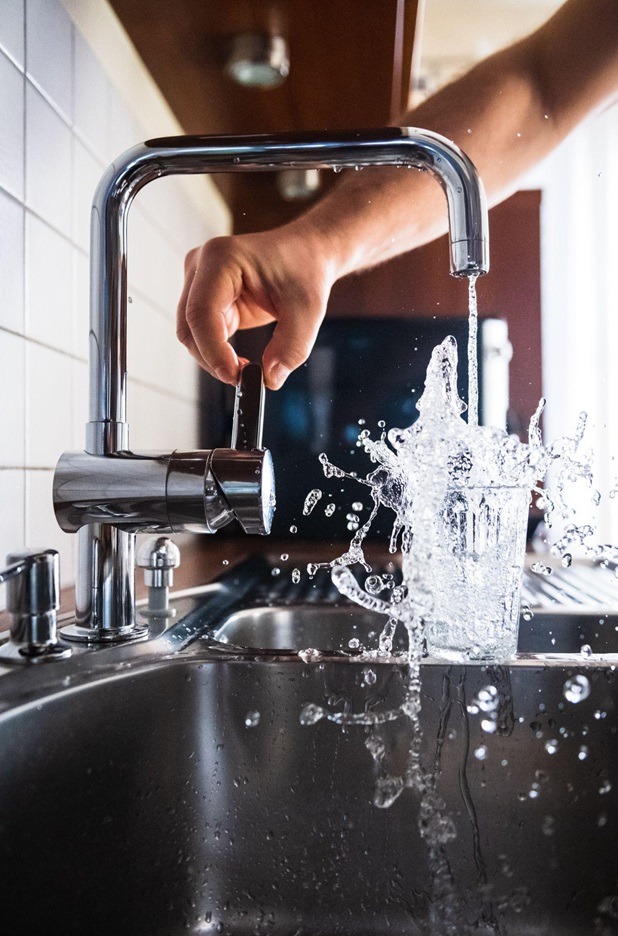Making DIY attempts to solve recurring problems in a household is a noble thing to do. It saves tons of money if done right, along with raising your skillset while you are at it. However, certain aspects of home improvement are quite technical and risky to attempt due to the complexity of the systems. Sectors like plumbing and HVAC are prime examples of this. While making DIY customizations and repair work on, say, your HVAC system does sound exciting and worthwhile, not doing it right can reverse the situation and end up costing you dearly.
The plumbing system is an integral part of a household. This is one of the first matters of concern for potential homeowners looking for a house to purchase or move into. Various online platforms provide highly informative textual and video guidelines for DIY plumbing projects that you can try out with relative ease. However, any mistake in the process can be a big matter of concern. This article provides a comprehensive list of common plumbing mistakes ardent DIYers make and the ways to avoid them.
Wrong Positioning and Placement of Fixtures
Perhaps the most common issue of all, DIYers tend to mess up the placement of washroom fixtures when trying to install something new or re-install an old one after repairs. Kitchen plumbing equipment is also vulnerable to this problem. Generally, DIYers depend on tutorials and guidelines to complete their work. If you are looking for a kitchen faucet to purchase and install on your own, we recommend you read a kitchen faucet buying guide before attempting it DIY. This will ensure you perfect results and contribute to your ever-growing store of DIY knowledge.
Imagine a toilet seat placed wrongly. The mess created every time you use it will potentially wreak havoc in your house. Make sure you know what you are trying to do. Take measurements accurately and place the fixtures with care. Getting professional help—be it from informative guidelines or hands-on lessons—is greatly beneficial every time you need something done using DIY methods.
Not Shutting the Main Water Line Off
There is a common misconception that quick DIY repair work on a faulty plumbing line does not necessarily require the main water line to be shut off. This is blatantly false! Water will flow through any region that opens up and will seep out of the opening you created for the repairs.
Failing to turn off the main water valve might lead you into a world of trouble. It will take little time for your room to be flooded, causing further setbacks to your budget for repairs. Furthermore, once the water does start leaking, there is no way the intended plumbing repairs can be done without dealing with the water first. You might lose track of your planned repairs altogether.
Excessive Tightening of the Connections
High enthusiasm occasionally drives DIYers to over-tighten the connections after the repair has been done. While this does seem harmless—if not helpful—there are certain problems associated with it that emerge down the line. Old, galvanized pipes tend to be quite brittle. You may want to vigorously tighten the screw, but the excessively tight connection might cause the pipe to crack in the near future. If that does happen, you might not even be aware of it until massive damage has already been done. Most plumbing lines are hidden inside walls. Imagine a crack in this kind of out-of-sight location!
Make sure you do not exert extreme force when tightening a connection. Pull away as soon as you start feeling the need to use your muscles to tighten more. It is better to have a loose attachment than an overly tight one that threatens to rupture over time. You can always tighten an improperly secured connection. A split connection, however, is a whole different ball game. These are common plumbing problems that can easily be tackled with little effort.
Not Having the Right Parts for the Job
A common problem faced by DIYers is the lack of available parts and equipment for the repair work. In fact, you might have everything you should need but end up requiring additional parts. Make sure you are well aware of the exact issues in the plumbing system before opting to start the repairs. O-rings, stem seals, and gaskets are some of the most common tools used in plumbing repairs. Even if you do not need some of them, try keeping them with you, perhaps in a dedicated toolbox. You never know what might appear from underneath the rusty old pipe below your sink!
The problem with plumbing repairs lies within the extent of the work needed, rather than the complexity of it. You need to know the materials you are trying to install or unhook. Pliers or wrenches can crack rusty old pipes despite being the ideal tools for the task. Try using equipment that will carry the work out subtly, and not by sheer force. You can always get help from professionals or hire a local plumbing company if you are stuck somewhere in the process, or are not sure about how to start.
Final Words
Leaky faucets, running toilets, dripping taps—there is a multitude of annoying aspects in a faulty plumbing system. Attempting to fix them on your own seems to be the simplest and most convenient way to go. However, this is not always the smartest choice if you do not have an extensive understanding of the concepts of plumbing systems and their repairs. We suggest you avoid the common mistakes this article has mentioned and stay prepared for any situation that arises down the line. Proper maintenance can go a long way to ensuring your DIY repairs last and save you substantial amounts of money in the long run.

